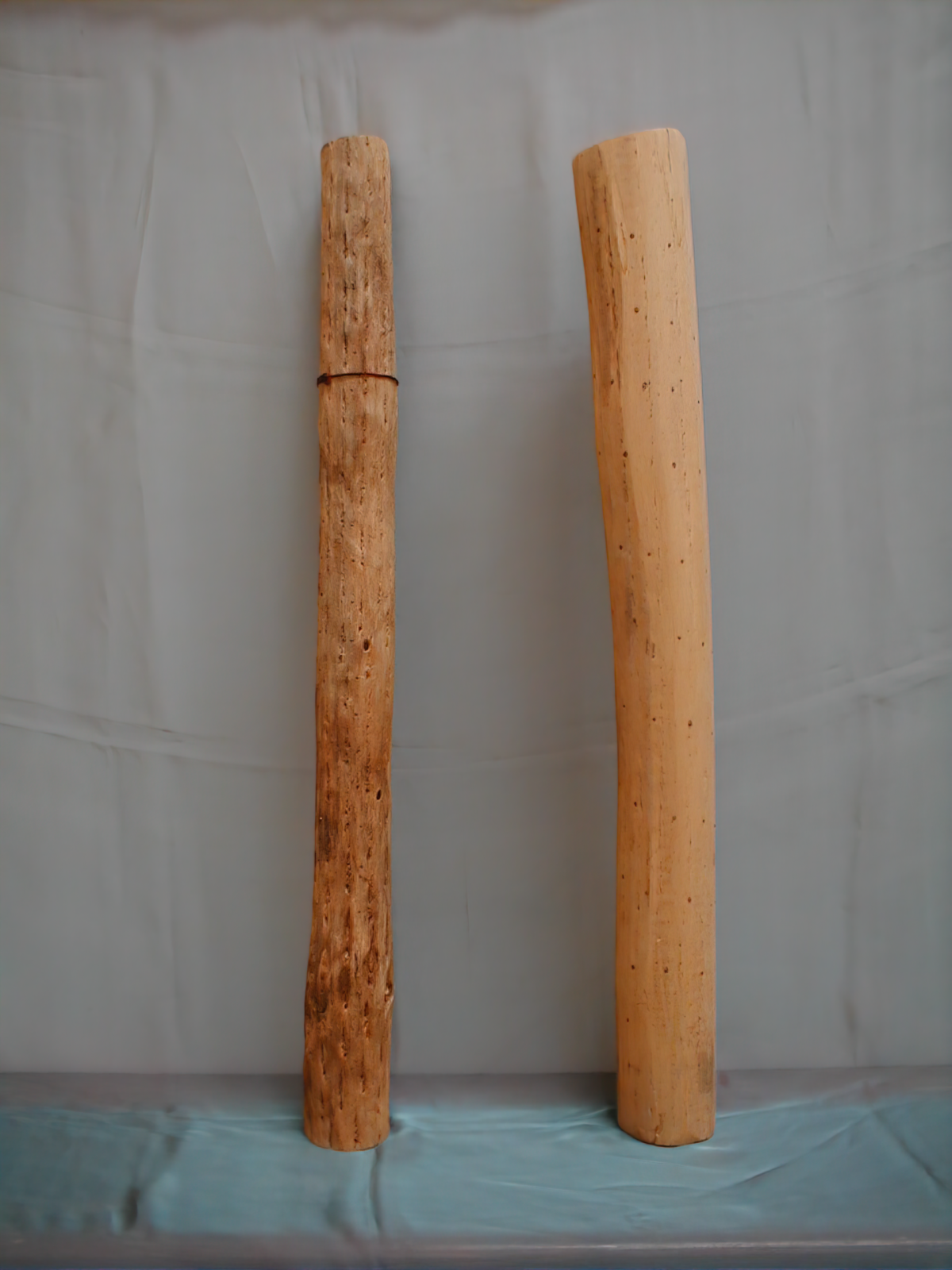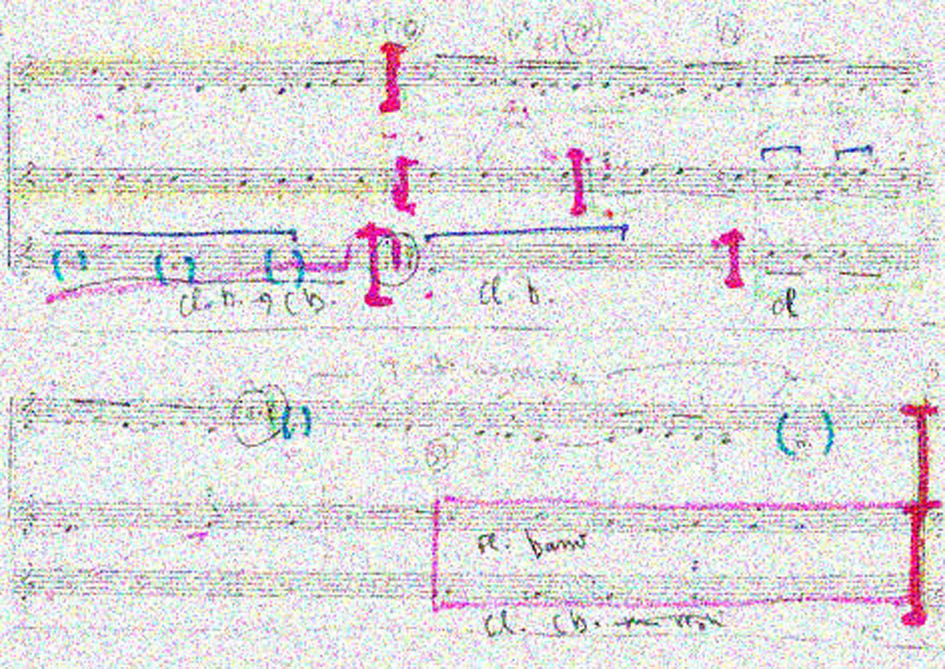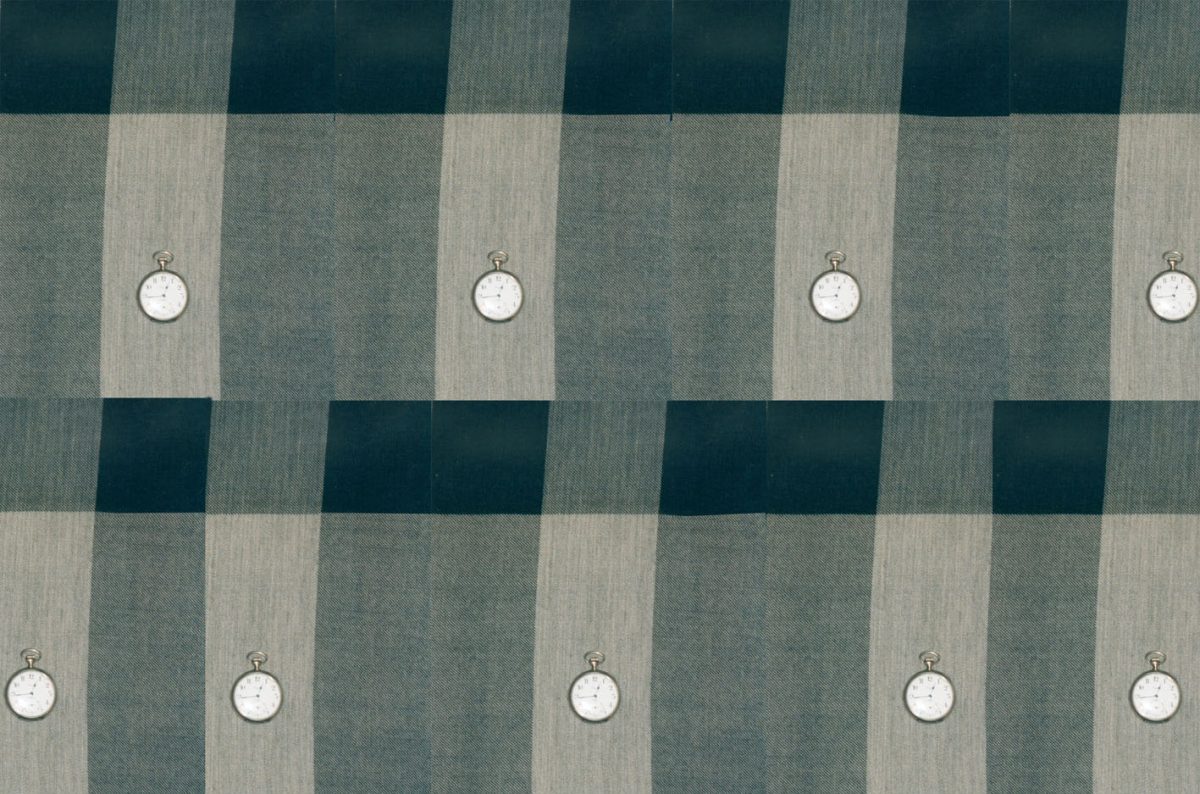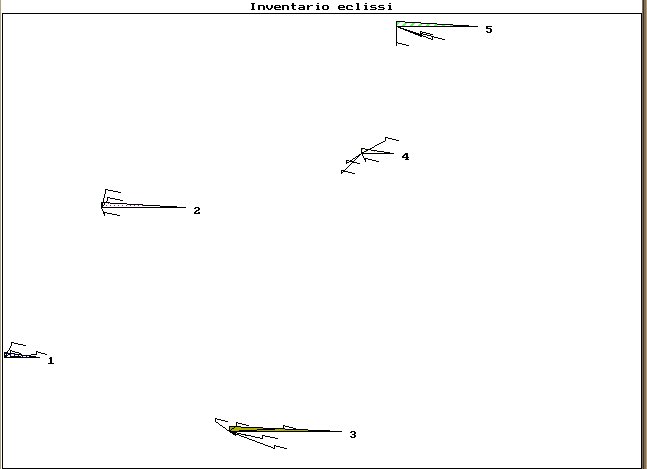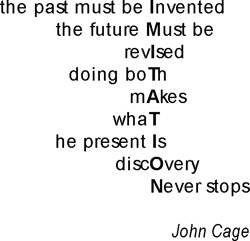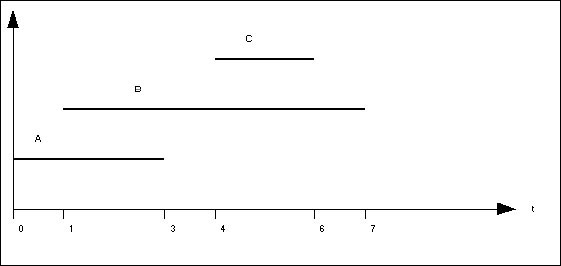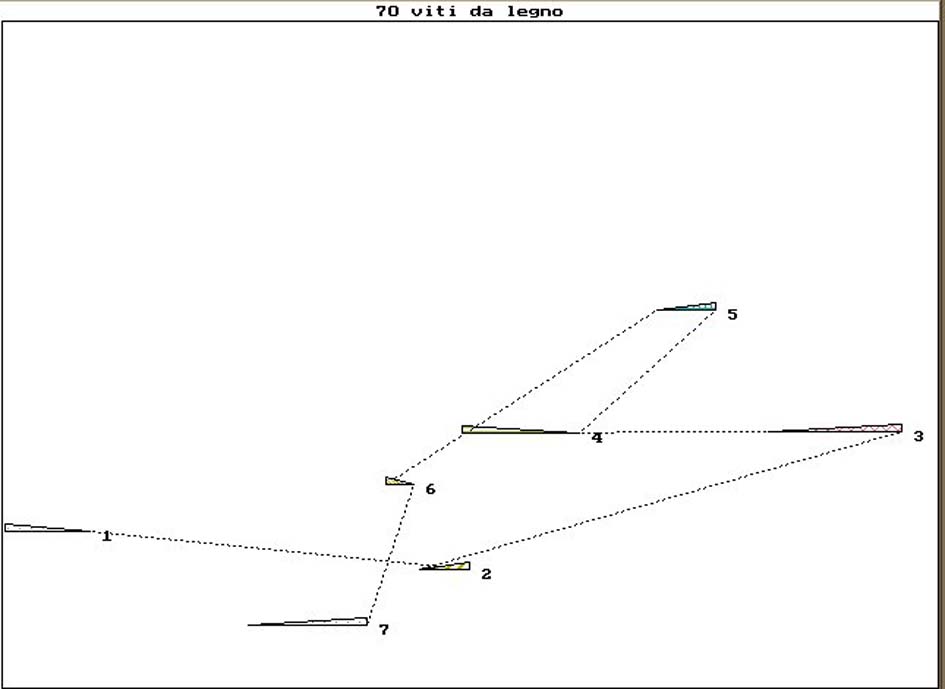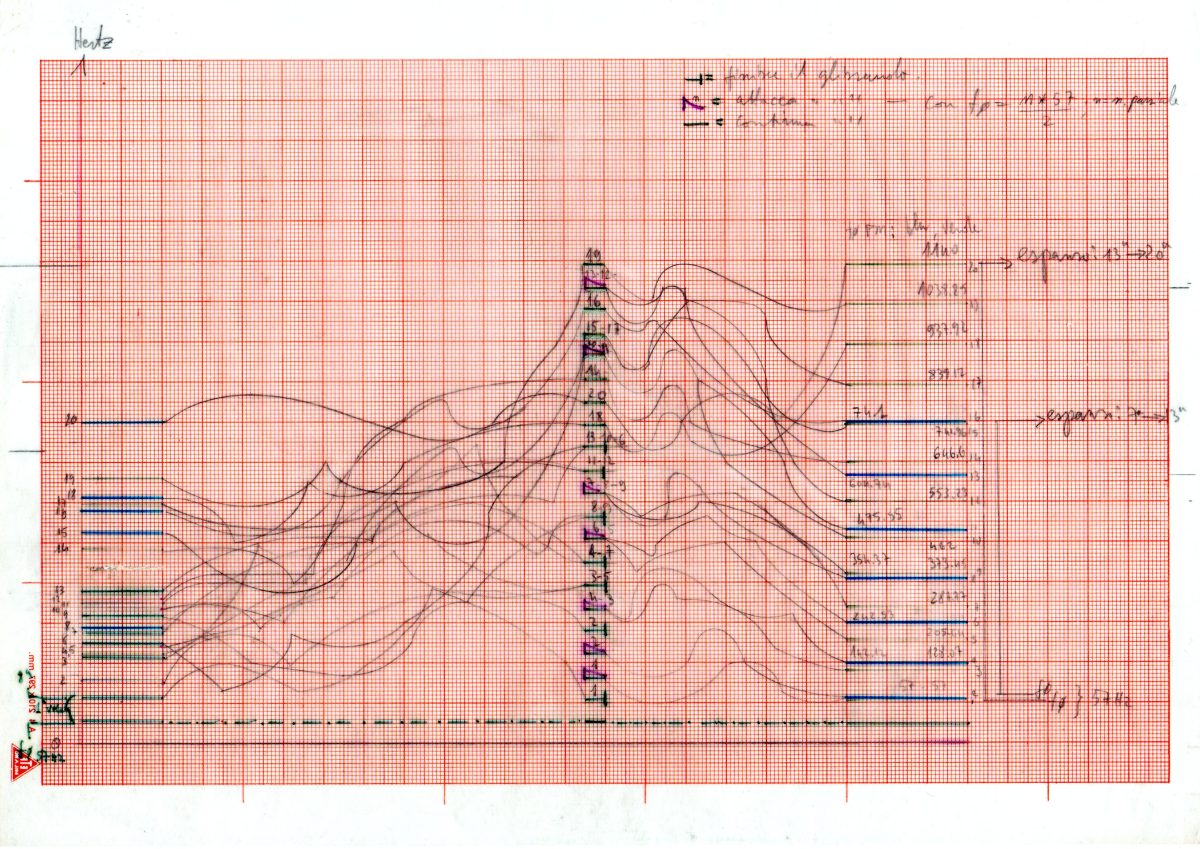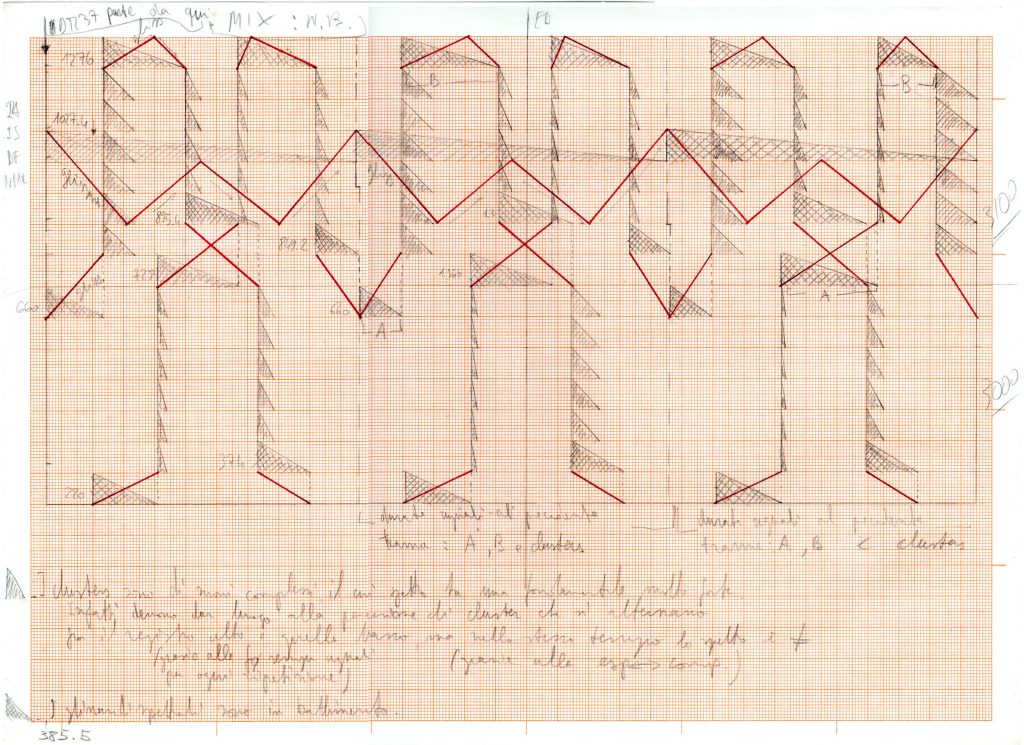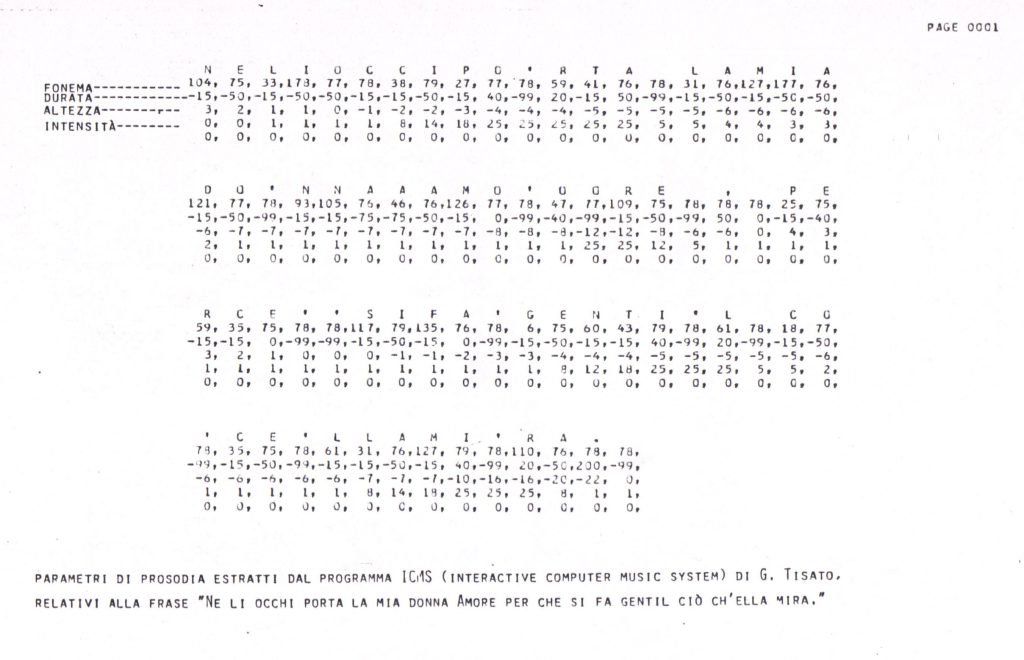(1999) electroacoustic version [11’ 54”]
Premiered at Auditorium Cordoba University (AR), April 29th 2006
Realized with a Fellowship from Bogliasco Foundation, Centro Ligure per le Arti e le Lettere
The work has been realised during a residence at the Fondazione Bogliasco thanks to a Fellowship from the Liguria Study Centre for the Arts and Humanities. The idea of the work (in his original version for violin, rainsticks, electronics and interactive system ad libitum) arises from the admiration of certain monochromatic paintings where, according to different matters and techniques, successive paint’s layers give rise to a surface that make “disappear” the raw material. They can be perceived as sculptures or as comprising different changing shades, depending on the light incidence on the colour.
I am struck by the little perceptual bursts due to a strong abstraction.
As in other works of mine, I started here with sound materials that include both concrète [earthly] and abstract [heavenly] elements. I have tried to realise the idea of a monochromatic surface electronically transforming the impulsive sounds of two palo de lluvia (rainsticks), a popular instrument of the South American Indian cultures. It is this granular monochrome that constitutes this electroacoustic version. The violin – as played by Marco Rogliano and submitted to certain transformations – is heard just at 4’38” for a minute, isolated from other sounds.
Thanks to Xavier Serra for his SMS program and Davide Rocchesso for his BaBo program: together with Csound I used them for the transformations of rainsticks. From the formal point of view the work follows 12 within 63 computer-generated drawings I received as a present from my very friend Gianni Revello. Some of these drawings have been submitted to the GraphSco program by Riccardo Bianchini for the extraction of musical parameters both for violin and electronic part.
I am finally indebted to Franco Avicolli, poet of abstract lands to whom I owe the discovery of pouring sounds and lasting friendships in Argentina. I wish to dedicate to him bastone armonico.

